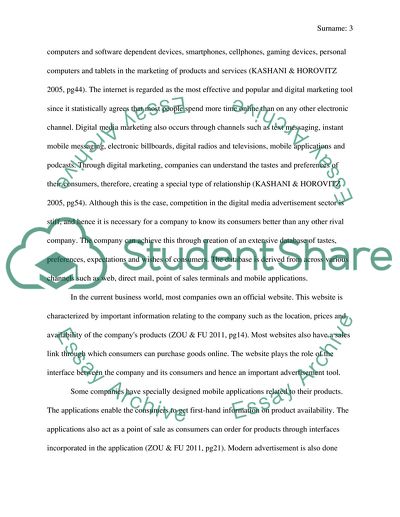Cite this document
(“Contemporary issues in market strategy Assignment”, n.d.)
Contemporary issues in market strategy Assignment. Retrieved from https://studentshare.org/marketing/1664253-contemporary-issues-in-market-strategy
Contemporary issues in market strategy Assignment. Retrieved from https://studentshare.org/marketing/1664253-contemporary-issues-in-market-strategy
(Contemporary Issues in Market Strategy Assignment)
Contemporary Issues in Market Strategy Assignment. https://studentshare.org/marketing/1664253-contemporary-issues-in-market-strategy.
Contemporary Issues in Market Strategy Assignment. https://studentshare.org/marketing/1664253-contemporary-issues-in-market-strategy.
“Contemporary Issues in Market Strategy Assignment”, n.d. https://studentshare.org/marketing/1664253-contemporary-issues-in-market-strategy.


